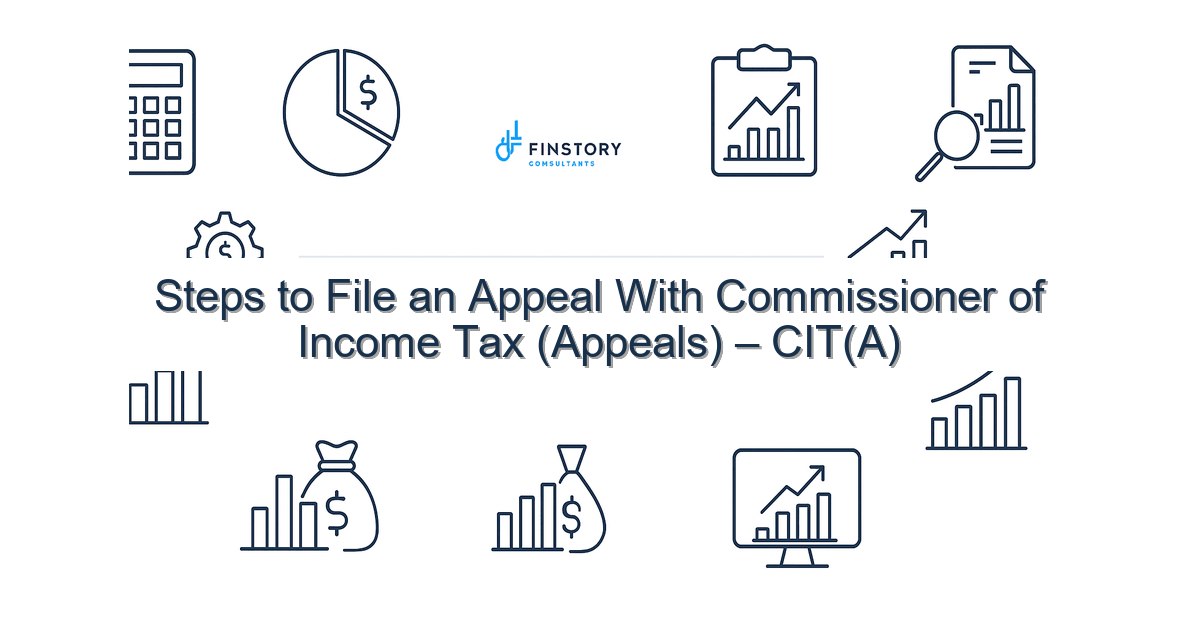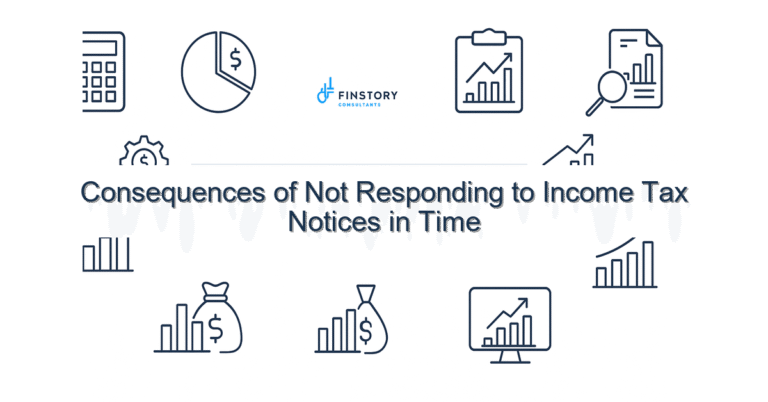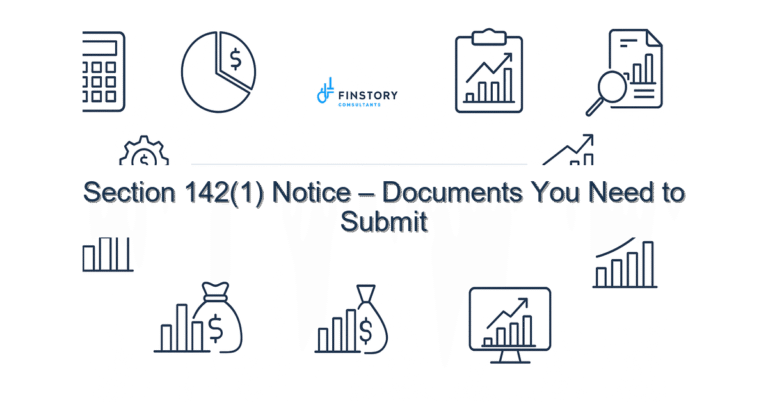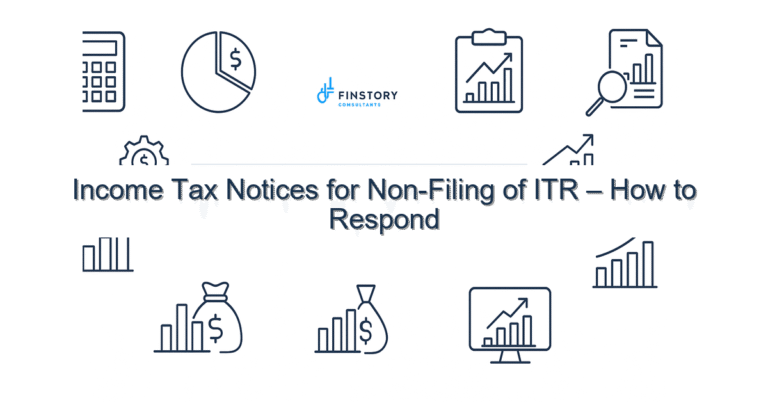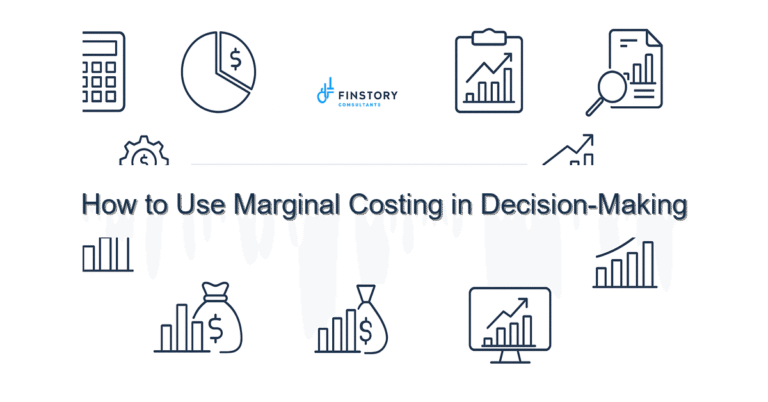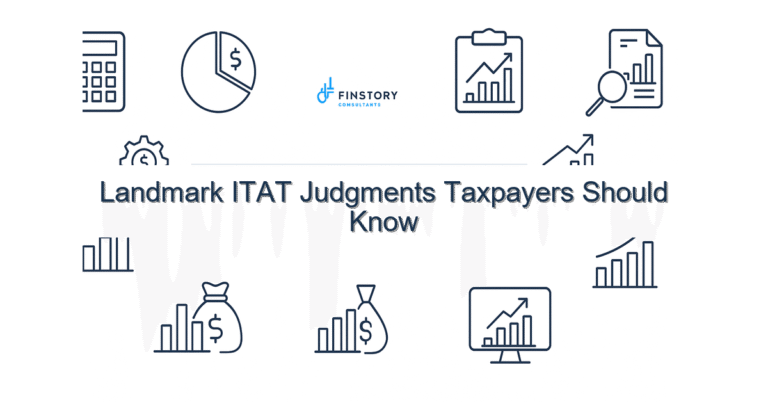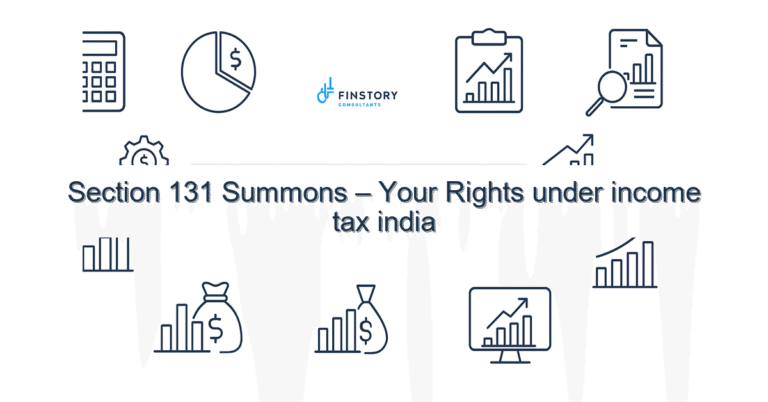Steps to File an Appeal With Commissioner of Income Tax (Appeals) – CIT(A)
We know how stressful it feels to receive an adverse assessment or penalty—especially when you’ve done your best to comply. The rules, forms and deadlines in income tax india can be confusing, and one missed step can close off your best avenue for relief.
Summary: If you disagree with an income-tax order, filing an appeal with the Commissioner of Income Tax (Appeals) — CIT(A) — is often the first meaningful remedy. Act quickly: gather your papers, draft clear grounds of appeal, file within the statutory time limit on the e-filing portal, and prepare for the hearing. Professional help reduces the chance of procedural rejection and improves outcomes.
What’s the real problem in India?
Taxpayers in India—salaried professionals, founders and MSMEs—face two linked problems: complexity of tax procedure and the pressure of tight deadlines. Terms like AY/PY, CBDT timelines, assessment orders and the right appeal forms add friction. The e-filing portal and AIS/26AS help, but only if you use them correctly and on time.
- Symptom: You get an assessment order late and aren’t sure which date starts the clock.
- Symptom: Notices reference rules and forms you’ve never filed before.
- Symptom: You miss the ITR filing last date or ignore TDS/TCS mismatches visible on AIS/26AS and assume it will sort itself out.
- Symptom: You avoid appealing because you fear penalties, or you file poorly prepared grounds and lose on a technicality.
What people get wrong
Common pitfalls trip up even careful taxpayers:
- Missing the deadline: appeals must be filed within the statutory period (check the order date carefully—don’t rely on postal assumptions).
- Poor grounds of appeal: vague or argumentative grounds get returned; appeals must state precise legal or factual errors.
- Not reconciling AIS/26AS and TDS/TCS: mismatched credits or unexplained deductions weaken credibility.
- Assuming appeals are only for large disputes: many favourable outcomes come from technical clarifications, indexing capital gains or legitimate Section 80C limit claims.
A better approach
Think of the appeal as a structured legal letter supported by audited facts. Follow a three-to-five step framework that balances speed and substance.
- Confirm jurisdiction and deadline: read the order, note the date of service (start the clock), and confirm CIT(A) is the correct forum.
- Reconcile data: cross-check assessment figures against AIS/26AS, your ITR, and TDS/TCS records. Identify errors in income, deductions (Section 80C limit issues), or capital gains indexation calculations.
- Draft clear grounds: list discrete points—e.g., incorrect disallowance, wrong valuation, failure to consider documentary evidence. Attach evidence and cite law where possible (new vs old regime slabs or relevant precedent if applicable).
- File correctly on the e-filing portal: upload the appeal form, grounds and attachments; pay any required fees and keep receipts. Track acknowledgement closely.
- Prepare for hearing: create a concise hearing note, prepare witness documents (bank statements, contracts), and schedule representation if needed.
Real-world snapshot: A Bengaluru startup founder received an addition of INR 15 lakh for unexplained receipts. By reconciling TDS/TCS and showing the same receipts were reported in the correct AY, the founder’s appeal to CIT(A) led to a 90% reduction in the disputed demand—after a single hearing and a focused ground on credit of TDS visible in AIS/26AS.
Quick implementation checklist
- Read the assessment/penalty order carefully and note the date of service.
- Check AIS/26AS and your ITR for the relevant AY/PY for mismatches.
- List precise grounds of appeal—no long narratives, only discrete points.
- Collect documentary evidence: invoices, bank statements, contracts, Form 16/16A, audit reports where applicable.
- Prepare a one-page hearing note summarising your relief sought and key evidence.
- Login to the e-filing portal, select the appeal option, upload documents and pay the fee (save acknowledgements).
- Request a stay if demand exists—confirm rules and deposit requirements before filing; get professional advice.
- Schedule the hearing and notify representation (CA/CMA/advocate) if needed.
- Follow up on the order and update books; if successful, claim refund or adjust ITR in next year if appropriate.
- Store all records digitally for at least the statutory period of record retention.
What success looks like
- Significant reduction in assessed demand (example: contested demand reduced by 60–100%).
- Faster resolution — fewer hearings and a clear appellate order within 6–12 months in many cases.
- Refunds processed when taxes were overpaid and timely interest applied.
- Fewer future notices due to corrected TDS/TCS reconciliation and cleaner records.
- Improved certainty for founders and MSMEs for fundraising and audits.
Risks & how to manage them
Appeals come with procedural and substantive risks. Procedural rejection for late filing or incorrect form can be fatal; substantively, weak grounds increase chances of an adverse order.
- Risk: Missed deadline — manage by acting immediately on receipt and using proof of service date.
- Risk: Incomplete evidence — mitigate by reconciling AIS/26AS, bank records and TDS/TCS certificates before filing.
- Risk: Stay not granted — prepare for deposit requirements and alternative cashflow plans.
- Risk: Poor representation — engage an expert early to draft precise grounds and attend the hearing.
Tools & data
Make these systems your daily tools:
- AIS/26AS — verify TDS credits and third-party transactions.
- Income-tax e-filing portal — where appeals are filed and acknowledgements tracked.
- TDS/TCS tracking tools and bookkeeping software — reconcile monthly to avoid surprises.
- Document management — digitise invoices, bank statements and hearing notes for quick retrieval.
FAQs
Q: What is the time limit to file an appeal to CIT(A)?
A: Time limits vary with the type of order—generally you have a short statutory period from the date of service of the order. Start the process immediately and confirm the exact deadline on the order; consult to avoid late filing.
Q: Do I have to pay the disputed tax to file an appeal?
A: Filing the appeal itself doesn’t always require full payment, but obtaining a stay on recovery may require a deposit or meeting conditions. Rules differ by case—get advice before assuming a stay.
Q: Can I rely on AIS/26AS to prove TDS credits?
A: Yes—AIS/26AS is your primary TDS/TCS reconciliation source. If credits shown there don’t match your books, resolve with the deductor or ask for rectification before filing appeals.
Q: Will an appeal delay my ITR filings or affect refunds?
A: Not usually; however, appeals can impact refunds if the same transactions are under dispute. Keep ITRs current (avoid missing ITR filing last date) and note any implications for Section 80C limit claims or capital gains indexation calculations.
Next steps
If you’ve received an adverse order, don’t delay. Use the checklist above, reconcile AIS/26AS and TDS/TCS entries, and prepare clear grounds. If the matter involves large sums, repeated notices, or complex issues like capital gains indexation or cross‑year adjustments under new vs old regime slabs, get professional help.
Need hands-on support? Review our resources like [link:ITR guide] and [link:tax-saving tips] for related guidance, then reach out.
Work with Finstory. Speak with an Expert for a personalised plan to reduce your tax outgo and stay compliant. Book a free 20-min consultation.
📞 Need help with Income Tax in India?
Book a 20-min consultation with our tax team. Individuals, founders & MSMEs welcome.
Prefer email or phone? Write to info@finstory.net
or call +91 44-45811170.
